
How to Naturally Increase Breast Milk Supply? With Herbs, of Course!
Written by Elizabeth Willis, Certified Clinical Nutritionist, Certified Medical HerbalistShare
Herbal blends and supplements that naturally increase breast milk supply and support the healthy immunity of mommy and baby are an important part of the breastfeeding tradition. "There are herbs that can help you make milk more quickly or help it flow faster, often making a difference in just a few days' time" (Humphrey, 114). Herbs have been used for thousands of years to promote healthy lactation. Herbal blends offer potent constituents that:
- Support the immunity of the mother & baby
- Increase breast milk production with Goats Rue
- Assist the lymph system & cleansing
- Aid mom and baby in proper digestion/assimilation
- Soothe gas and calm cramping
- Provide vitamins, minerals, and antioxidants
- Can also be used to wean and dry up milk supply when necessary
Herbal breastfeeding support, combined with proper nursing techniques, can enhance the experience and care of mom and baby when breastfeeding. Pumping or nursing more frequently, and making sure the baby is latched properly, can increase the volume of your milk supply. I also recommend working with a Lactation Specialist for deeper education about your nutrition and hydration at this critical time. Here is an alphabetical reference for a number of common herbs used during breastfeeding. Feel free to add to the list:
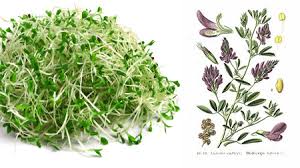
Alfalfa (Medicago sativa) - Rich in vitamins and minerals, alfalfa is a yin tonic used to rebuild strength and assist rebalancing after birth.
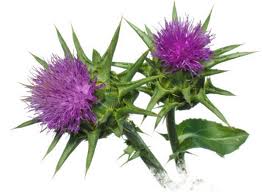
Blessed Thistle (Cnicus benedictus) - Stimulates gastric juices, saliva, aids digestion, and cleansing.
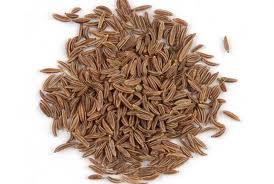
Caraway (Carum carvi) - Aids digestion and calms spasm of the digestive tract.
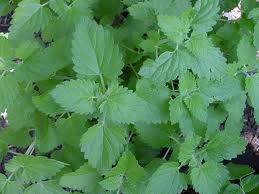
Catnip (Nepeta cataria) - Catnip is a garden mint that is calming and restorative both to the mind and digestive tract. A classic first aid herb for tummy complaints for both mom and baby. An ingredient in Gripe Water.

Chamomile (Matricaria recutita) - Comprised of small flowers that offer a lot of relief, Chamomile is a classic herb for the early stages of life. It assists in calming the body and mind of baby and mother, soothes irritations, and promotes healthy digestion.
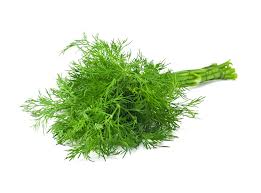
Dill (Anethum graveolens) - A traditional component of gripe water, dill soothes digestion and tummy bubbles.
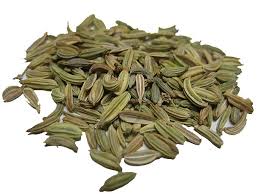
Fennel seed (Foenuculum vulgare) - Assists proper appetite and digestion for mom and baby, calms stomach and intestines, assists breast milk production, and stops gas.
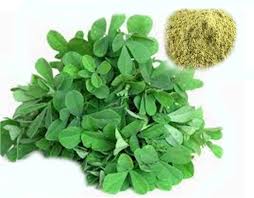
Fenugreek (Trigonella foenum-graecum) - Regulates a healthy appetite, increases breast milk production, and regulates healthy blood sugar levels.
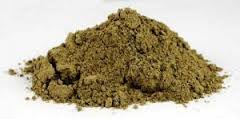
Goat's Rue (Galega officinalis) - A traditional European remedy for increasing breast milk supply in animals and humans.
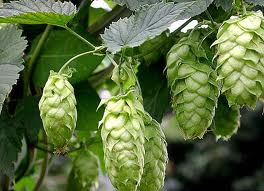
Hops (Humulus lupulus) - An effective digestive bitter that assists a reluctant let-down, hops also calms restlessness and stress. No reported allergies, and passes GRAS standard. Hops is a gentle but powerful herb for relaxation.
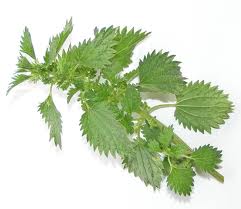
Nettles (Uritca dioica) - Nettles promotes overall immune health, cleansing, and moves body fluids.
Oats (Avena Sativa) - A nutritive tonic, oats are recommended for recovery and re-strengthening.They are rich in nutritious vitamins and minerals and can also be used topically to soothe inflamed and itchy skin.
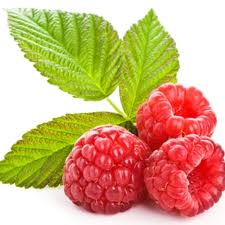
Raspberry Leaf (Rubus idaeus) - Preparatory tonic for pregnancy, birth, and breastfeeding. Rich in minerals like calcium magnesium and iron that support healthy milk supply. Raspberry Leaf can also can be used with sage to assist in weaning and milk reduction.
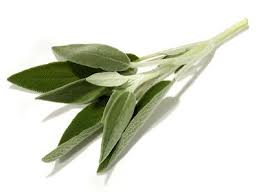
Sage (Salvia officinalis) - Tart and astringent, Sage is used as an aid to dry up the milk supply when mom and baby are ready.
Written by Elizabeth Willis, Clinical Herbalist and Nutritionist
For educational purposes only. This information has not been evaluated by the Food and Drug Administration. This information is not intended to diagnose, treat, cure, or prevent any disease.



















